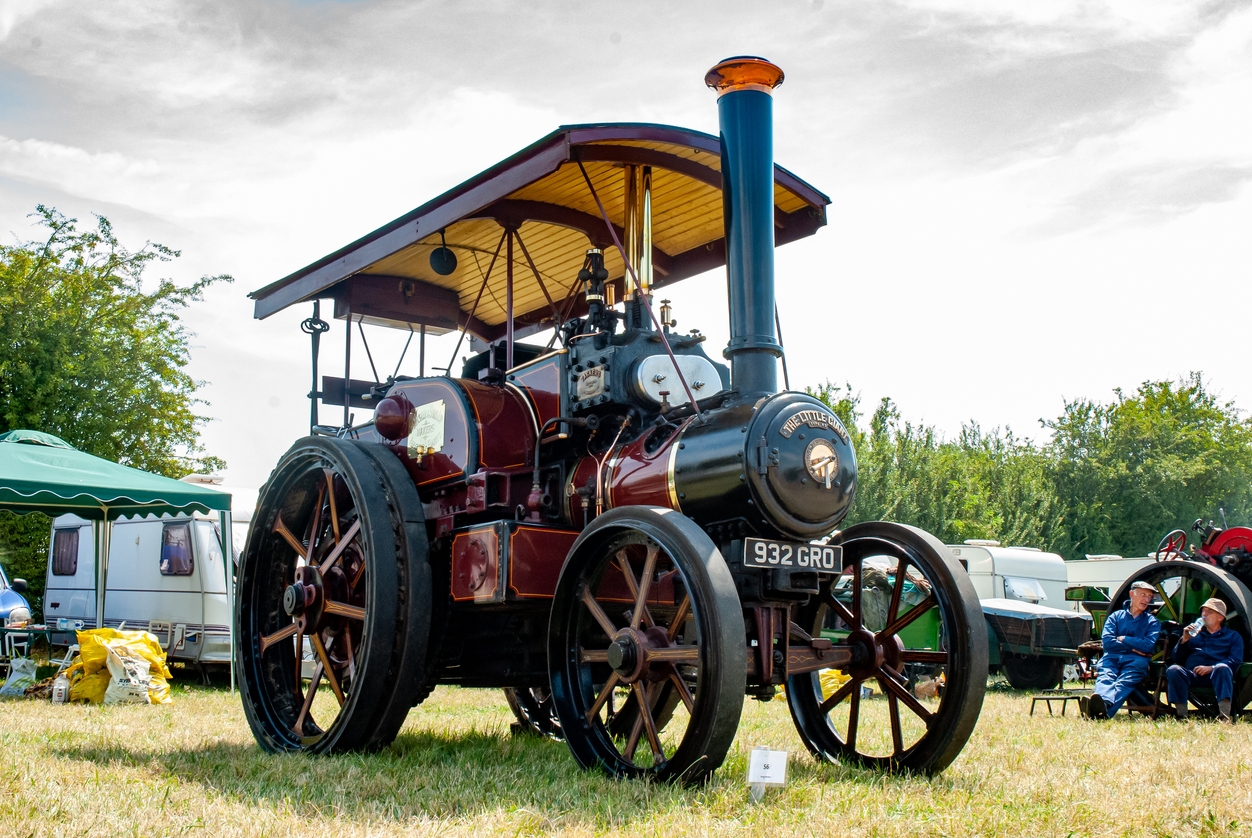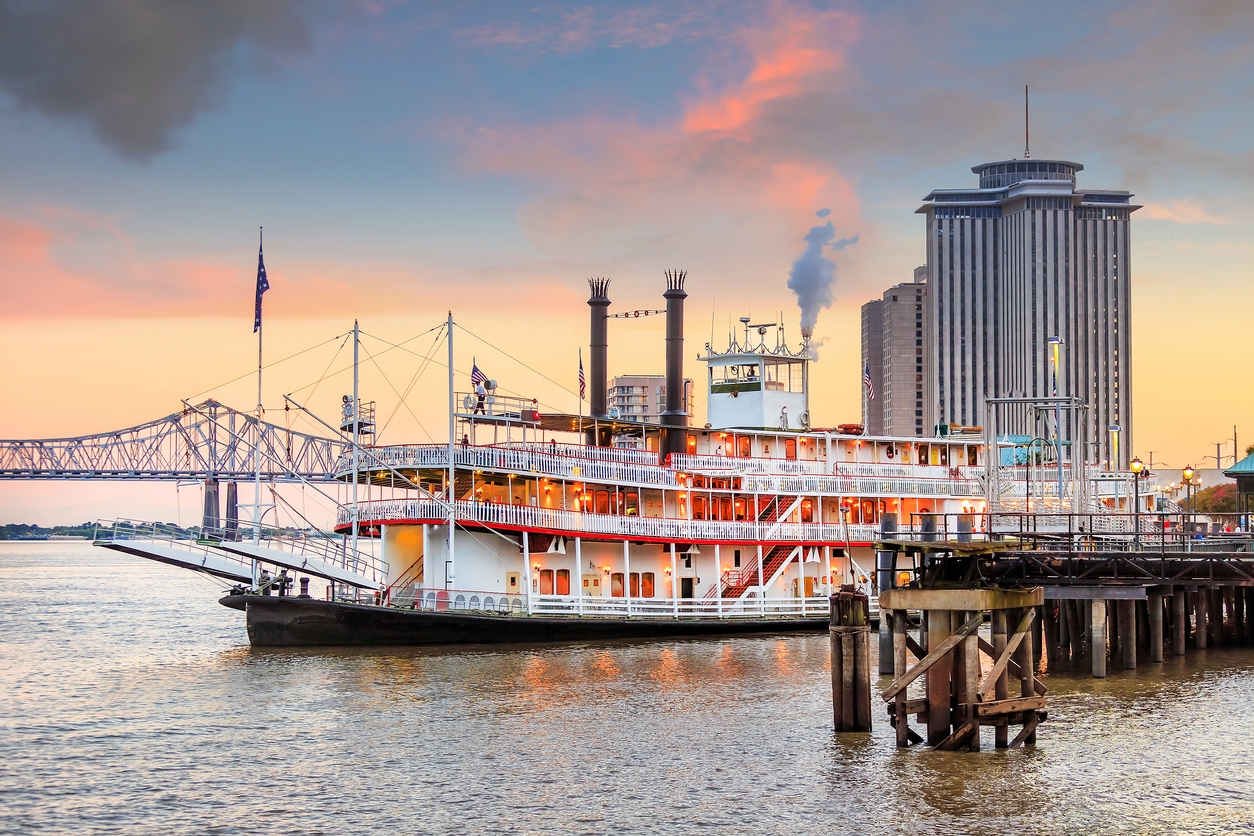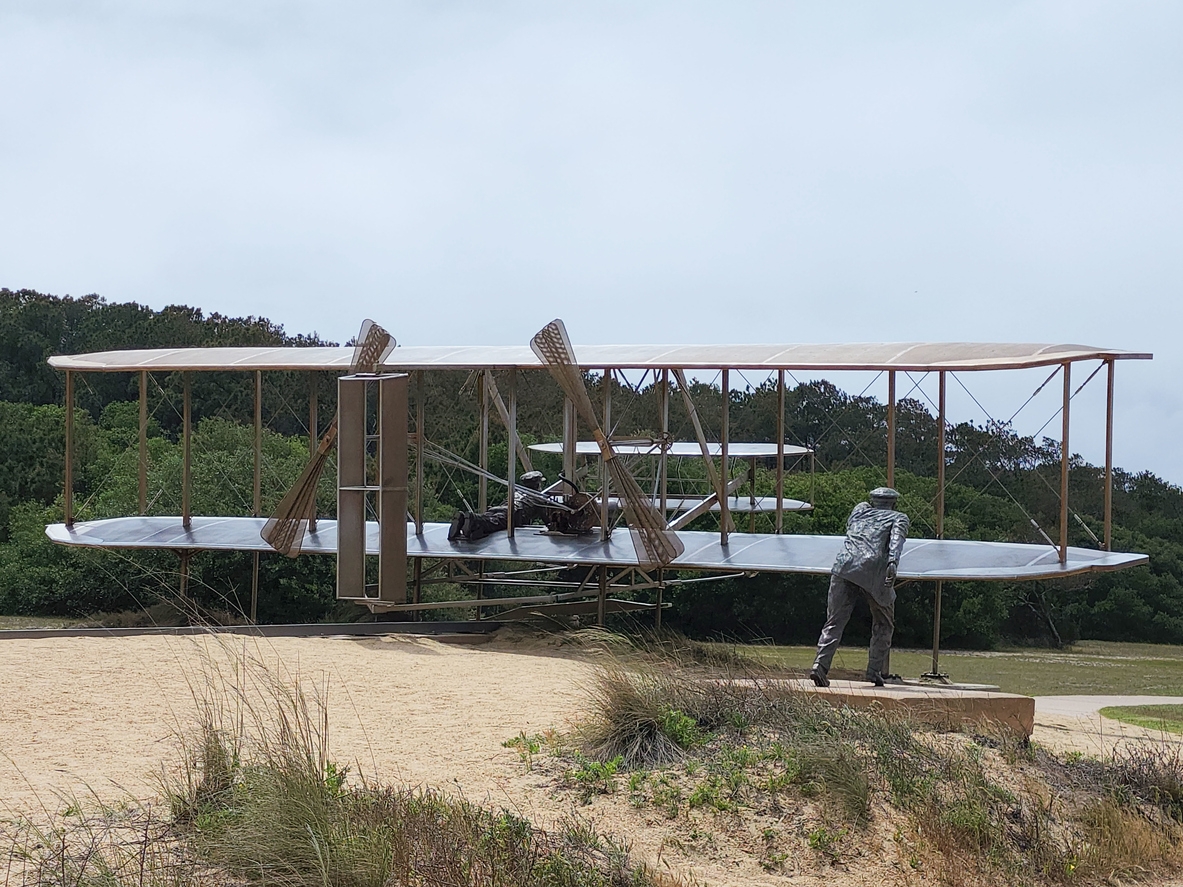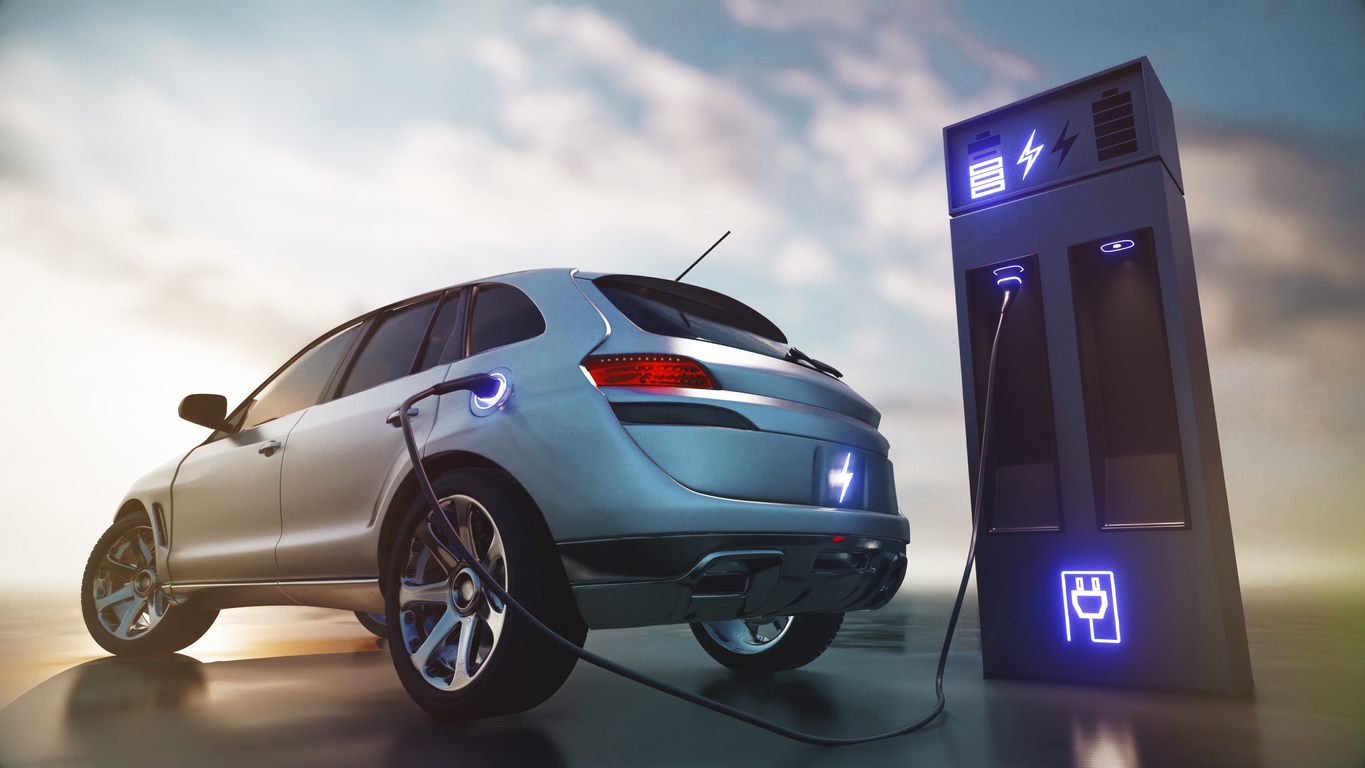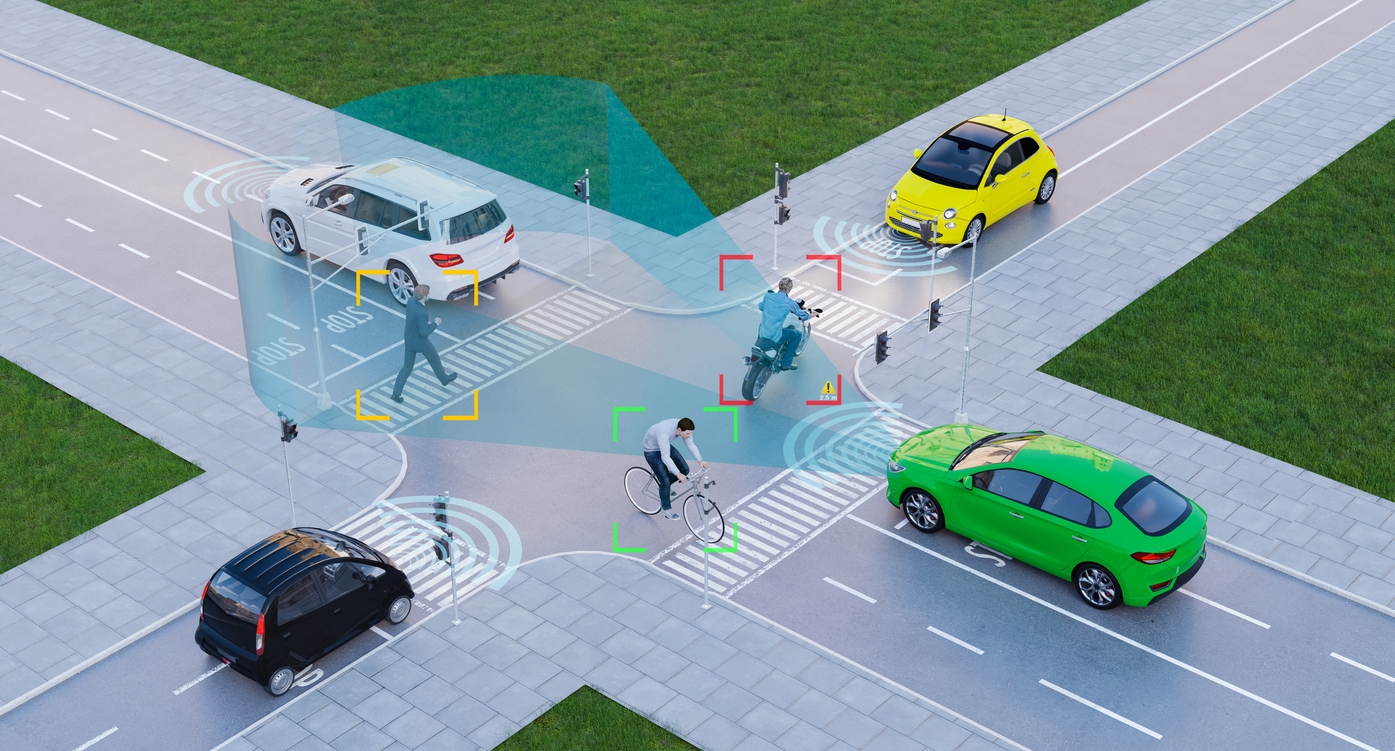Since the dawn of civilization, humans have been on the hunt for more efficient and less labor-intensive ways to transport themselves and their goods. From horse-drawn carriages to electric vehicles, the history of transportation has seen an incredible amount of innovation.
In this post, we’ll take you on a journey through the timeline of transportation evolution. We’ll discuss the major milestones, such as the invention of the steam engine, the introduction of the automobile, and the push for greener, more fuel-efficient transportation. Plus, we’ll look at the future of transportation and what’s on the horizon for this ever-evolving industry.
Era | Mode of Transportation | Notable Development |
Pre-Industrial Revolution Transportation | Horse-Drawn Carriages | Early form of land transportation utilizing horses for propulsion. |
Stagecoaches | Larger carriages used for long-distance travel and transporting passengers or mail. | |
Handcarts | Simple, human-powered carts for transporting goods short distances. | |
Canoes | Water-based transportation using primitive canoes for river and lake travel. | |
Industrial Revolution Transportation | Horse-Drawn Trains | Pioneering horse-drawn tramways laid the groundwork for railways. |
Steamboats | Steam-powered boats revolutionized water travel, making it faster and more efficient. | |
Covered Wagons | Sturdy wagons used for westward expansion in the United States. | |
The Early 20th Century | Automobiles | Mass production of automobiles transformed personal mobility and transportation. |
Airplanes | Wright brothers' successful flight marked the beginning of aviation. | |
Submarines | Technological advancements led to the development of underwater travel. | |
The Modern Era | Rise of the Automobile | Automobile Automobiles became central to daily life, influencing urban planning and infrastructure. |
Expansion of Air Travel | Commercial aviation grew, connecting the world with rapid long-distance transportation | |
Emergence of Electric Vehicles | Environmental concerns spurred the development and adoption of electric vehicles. |
Early Modes of Transportation
Horse-drawn carriages were an essential mode of transportation for centuries. They first began with the chariots pulled by horses in ancient Mesopotamia. [1] These carriages were used by royalty and other wealthy members of society to travel around cities, and later as a means to travel across countries. They were also used as a way to transport goods along trade routes from one region to another.
The horse-drawn carriage was an important factor in the development of civilizations during the early modern period, allowing people and goods to move more quickly and efficiently than ever before. They had a major impact on the development and spread of culture in Europe during the Middle Ages. The increased mobility allowed for cultural exchange between different countries, as well as quicker access to trade routes that opened up new markets. This mode of transportation also had an effect on the architecture of many cities and towns, which saw a need for larger roads in order to accommodate the carriages that were passing through them.
In addition, the invention of the carriage allowed faster transport of soldiers, which was integral for defending cities and territories from invasion.
Industrial Revolution and Steam Power
The industrial revolution marked a time of rapid change and progress. One of the most remarkable advances in transportation came with the invention of steam power. Steam-powered locomotives changed land transportation and led to the expansion of rail networks that provided access to distant regions. At the same time, steamships revolutionized sea travel and facilitated global connectivity.
Aspect | Impact on Transportation | Description |
Introduction of Steam Power | Revolutionized Transportation | Steam engines provided a new, reliable power source for various modes of transportation, leading to faster and more efficient travel. |
Railways | Advancement: Steam-Powered Trains | The development of steam-powered locomotives propelled the growth of railways, enabling rapid and reliable land transportation of goods and people. |
Impact: Economic Growth and Urbanization | Railways facilitated the movement of raw materials and finished products, spurring industrialization and urban development. | |
Steamboats | Advancement: Steam-Powered Watercraft | Steam engines transformed boats into efficient vessels capable of traveling upstream and downstream, revolutionizing water transportation. |
Impact: Faster Water Travel | Steamboats facilitated faster and more predictable river and ocean travel, boosting trade and communication between regions. | |
Impact on Global Trade | Advancement: Faster Transoceanic Travel | Steam-powered ships drastically reduced travel times across oceans, leading to increased global trade and cultural exchange. |
Impact: Lower Costs | The increased speed and efficiency of steam-powered transportation lowered transportation costs, benefiting both producers and consumers. | |
Shift in Economic Focus | Advancement: Industrialization and Manufacturing | The availability of steam power prompted a shift from agrarian economies to industrial ones, with factories and manufacturing becoming prominent. |
Impact: Urbanization and Migration | Cities grew as industries flourished, drawing rural populations to urban centers in search of work, changing societal dynamics. |
Steam-Powered Locomotives
The invention of the steam engine was a key development in transportation technology. [3] It was built into locomotives and gradually replaced horse-drawn carriages over the course of the industrial revolution. The new locomotives were able to travel much faster than their predecessor, drastically reducing travel times across regions. This led to the construction of expansive rail networks, connecting places previously difficult to access.
Steamers and Maritime Trade
In addition to land transportation, steamers were used to transform sea travel as well. The first steamer, named “Comet”, was built in 1812 and designed for passenger transport on the River Clyde in Scotland. [2] As more efficient steamer models were developed, these became increasingly popular for trade and passenger transport over seas and oceans. Besides transforming sea travel, steamers also enabled communication between distant places, bringing people from around the world closer together than ever before.
Over time, maritime trade routes gradually expanded. Trade saw unprecedented growth as traders could now easily carry goods across continents without fear of piracy or storms at sea.
Automobile Revolution
| Year | Milestone | Description |
| 1769 | Invention of the Steam-Powered Vehicle | Nicolas-Joseph Cugnot created the first full-scale, self-propelled mechanical vehicle powered by steam. |
| 1885 | Patent for the First Practical Automobile | Karl Benz obtained a patent for his Motorwagen, widely considered the first true automobile, powered by an internal combustion engine. |
| 1893 | First Gasoline-Powered American Car | Charles Duryea built and road-tested his gasoline-powered vehicle, marking a milestone for the American automobile industry. |
| 1908 | Ford Model T: The First Mass-Produced Car | Henry Ford introduced the Model T, a mass-produced, affordable automobile that transformed personal mobility. |
| 1913 | Assembly Line Production for Cars | Ford implemented assembly line techniques, dramatically reducing the time and cost of manufacturing automobiles. |
| 1920s | Growth of the Automobile Industry | The automobile became a symbol of freedom and prosperity, with various manufacturers offering diverse models and features. |
| 1950s-60s | Rise of Suburbs and Car Culture | Widespread car ownership fueled the development of suburbs and a car-centric culture, impacting urban planning and lifestyle. |
The timeline of transportation evolution is a fascinating journey. And, the automobile revolution is an important part of that story.
Invention
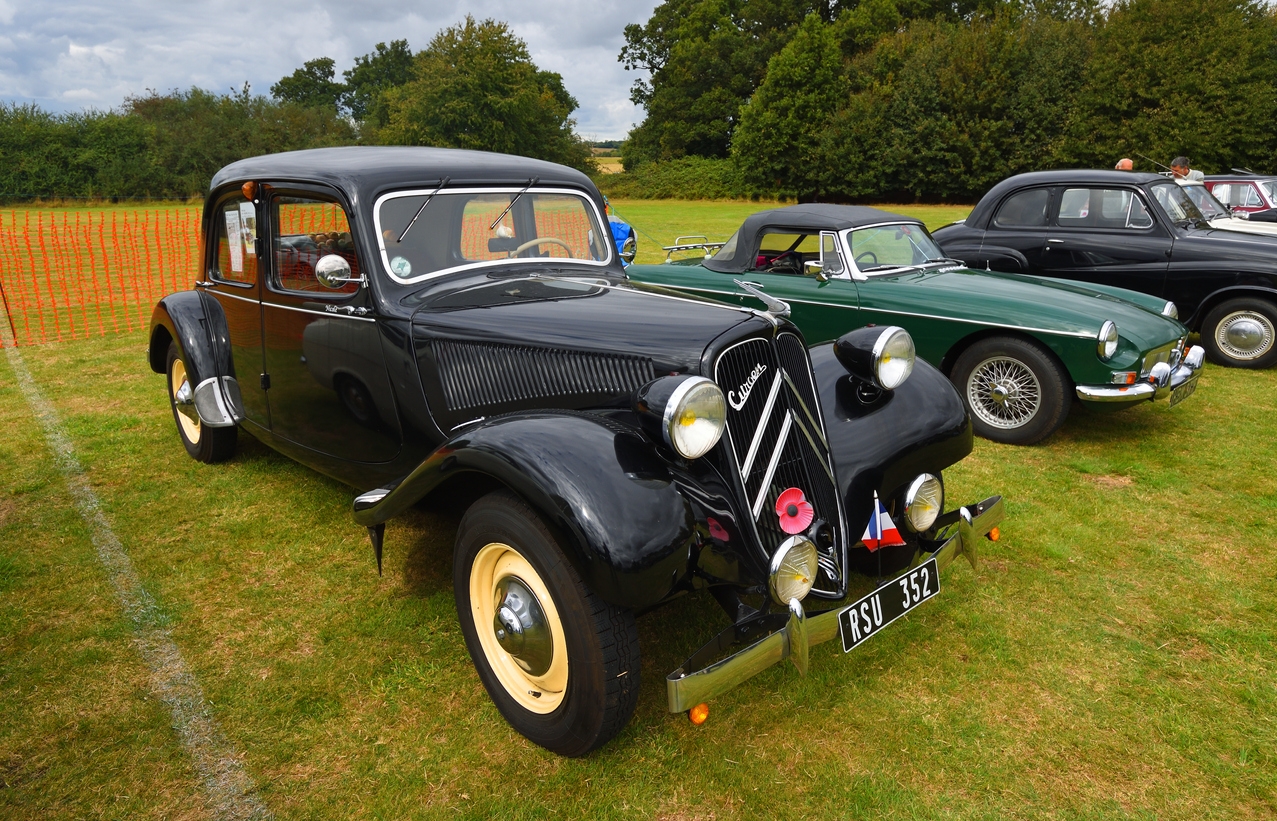
The invention of the car holds many contributions from various inventors over the centuries, but it was Karl Benz who perfected the internal combustion engine in 1879 that served as a huge breakthrough for automobile engineering. Benz introduced his first commercial production in 1886, which was engineered as a three-wheeler with a two-stroke gasoline engine. [4]
Automobiles provided faster and more efficient methods of transportation, leading them to become increasingly popular among consumers. With modern conveniences like leather seats, air conditioning, and soundproofing, automobiles quickly rose to widespread admiration.
Mass Production and Accessibility
Henry Ford’s assembly line established automotive mass production methods beginning in 1913. [5] Ford’s moving assembly line developed cars more quickly and efficiently than ever before. This made cars available to a much wider consumer base as they became significantly more affordable than before.
Rise of Aviation
| Year | Milestone | Description |
| 1783 | First Manned Hot Air Balloon Flight | The Montgolfier brothers launched the first untethered hot air balloon flight with passengers, marking the beginning of human flight. |
| 1891 | Otto Lilienthal’s Glider Experiments | Lilienthal conducted extensive glider experiments, laying the groundwork for understanding aerodynamics and control in flight. |
| 1903 | Wright Brothers’ First Powered Flight | Flight Orville and Wilbur Wright achieved the first controlled, powered flight in Kitty Hawk, North Carolina, using their aircraft, the Flyer. |
| 1919 | Alcock and Brown’s First Nonstop Transatlantic Flight | John Alcock and Arthur Brown completed the first nonstop flight across the Atlantic Ocean, demonstrating the potential of aviation for long-distance travel. |
| 1927 | Charles Lindbergh’s Solo Transatlantic Flight | Lindbergh’s solo flight from New York to Paris aboard the Spirit of St. Louis captured global attention and marked a major achievement in aviation. |
| 1930s | Introduction of Commercial Aviation | Airlines began offering scheduled passenger flights, making air travel accessible to the public and accelerating the growth of aviation. |
| 1939-45 | World War II Advances in Aviation | The war spurred rapid advancements in aviation technology, including more advanced aircraft and innovations in radar and navigation. |
| 1950s | Jet-Powered Commercial Airliners | The introduction of jet engines revolutionized air travel, allowing for faster, more efficient, and longer-range flights. |
| 1960s | Development of Commercial Jetliners | Aircraft like the Boeing 707 and the Douglas DC-8 transformed air travel into a global industry, connecting continents with unprecedented speed. |
At the beginning of the 20th century, transportation technology was starting to catch up with people’s imaginations. The Wright brothers’ first flight was monumental, as it marked the beginnings of aviation as a form of public transport.
Growth of Commercial Aviation
In the years following the Wright brothers’ first flight, commercial aviation underwent an impressive period of growth and expansion. Airplanes became more reliable and efficient, allowing for longer journey times and increased cargo capacity. In addition, airlines began to form large networks that could connect different continents around the globe.
Electric Vehicles and Sustainable Transportation
| Year | Milestone | Description |
| 1970s | Energy Crisis and Environmental Concerns | Rising oil prices and environmental awareness prompted a shift towards more fuel-efficient and environmentally friendly vehicles. |
| 1990s | Emergence of Electric and Hybrid Vehicles | Interest in electric and hybrid vehicles grew as environmental concerns intensified. |
| 2000s | Connectivity and Autonomous Features | Cars incorporated advanced technology, including GPS navigation, Bluetooth, and the development of self-driving features. |
| 2010s | Electric Vehicles Gain Traction | Companies like Tesla introduced electric vehicles with longer ranges and improved performance, reshaping the automotive landscape. |
| 2020s | Continued Evolution and Sustainability | The automobile industry focuses on electric and autonomous vehicle development, along with sustainability and environmental considerations. |
Fast-forwarding to the present day, modern Electric vehicles are making waves in the world of transportation. Although EVs have been around since the early 1900s, it was not until recently that technological advancements made them viable alternatives to gasoline-powered cars. [6]
The most significant advancement has been lithium-ion batteries, which offer higher energy density compared to traditional lead acid batteries and better power efficiency. Battery technology has improved so much that it is now possible for EVs to go farther on a single charge and recharge quickly after long trips.
Modern electric vehicles are also touted for their ability to reduce environmental impacts while providing an affordable, convenient form of transportation. The zero tailpipe emissions mean that EVs have virtually no impact on air quality, while their reduced dependence on fossil fuels helps reduce our collective carbon footprint.
Autonomous Vehicles
The emergence of self-driving technology has opened up an entirely new realm of possibilities for autonomous vehicles (AVs). AVs rely on sensors, cameras, radars, LiDAR systems, artificial intelligence (AI), deep learning algorithms, or a combination thereof in order to autonomously navigate through traffic without human input or control.
These technologies enable AVs to not only drive themselves but also make decisions about how best to navigate various situations without the need for direct input from a human driver. This promises improved safety on our roads due to its ability remove human error from the equation when it comes driving
Conclusion
The timeline from horse-drawn carriages to electric vehicles is an interesting example of how transportation has evolved over time. The evolution of transportation has made a major impact on the development of civilizations. From shortening travel times and distances to increasing their access to trade routes, advances in transportation have allowed humans to move around freely and more efficiently. The early experiments with mechanized transport up until today’s modern electric cars all go to show how far we have come in terms of mobility technology over the centuries – with many more advancements likely yet to come.
References
- A carriage ride through history. (2022, January 4). Horse Journals. https://www.horsejournals.com/life-horses/carriage-ride-through-history
- Marketing Team. (2023, March 13). PS comet: The groundbreaking boat that changed history. Ultimate Boats. https://www.ultimate-boats.com/post/ps-comet-the-groundbreaking-boat-that-changed-history
- The inventors of the steam engine were no punks. (2005, June 14). Thought Co. https://www.thoughtco.com/invention-of-the-steam-engine-104723
- Automobile. (n.d.). McGill School Of Computer Science. https://www.cs.mcgill.ca/~rwest/wikispeedia/wpcd/wp/
- How Henry Ford’s assembly line changed manufacturing. (2013, February 20). ThoughtCo. https://www.thoughtco.com/henry-ford-and-the-assembly-line-1779201
- A brief history of the electric car – 1830 to present day. (n.d.). Cars Without The Faff – cinch. https://www.cinch.co.uk/guides/electric-cars/a-brief-history-of-the-electric-car-1830-to-present-day



